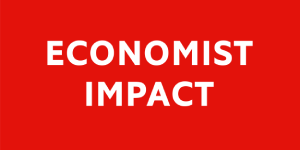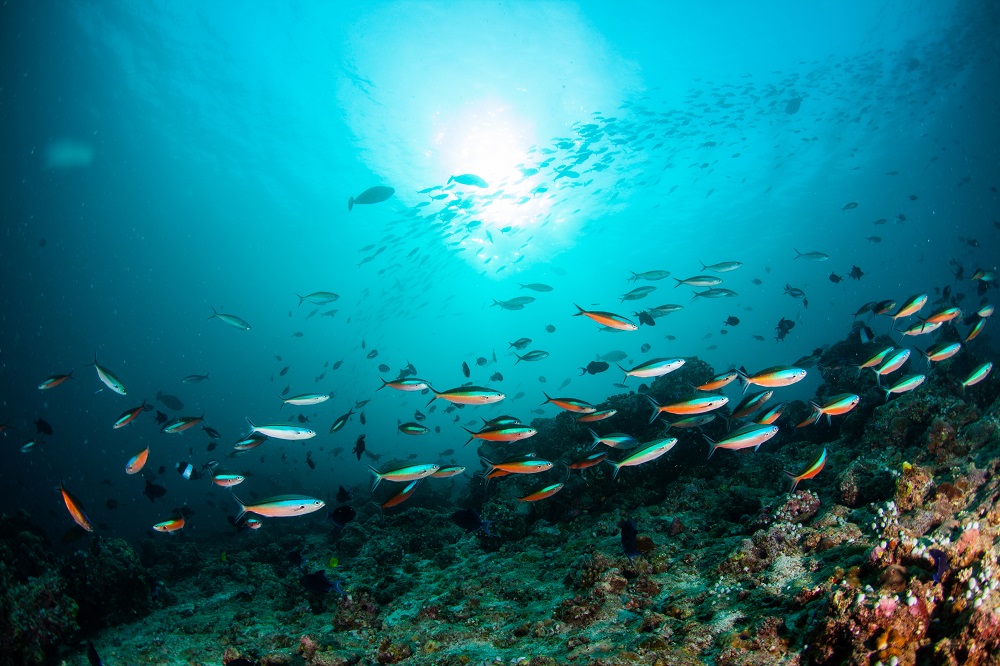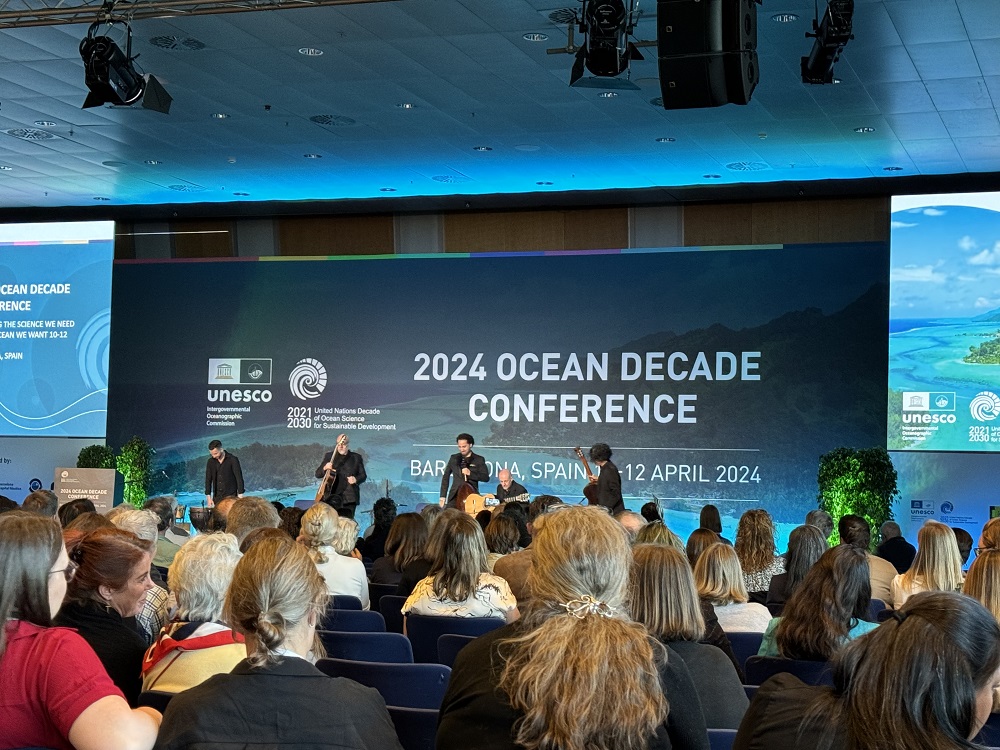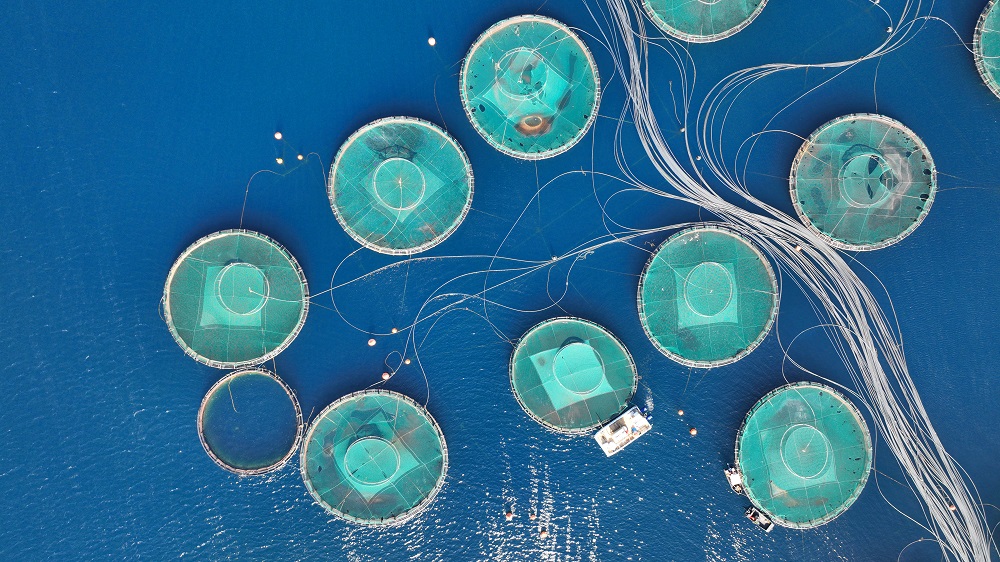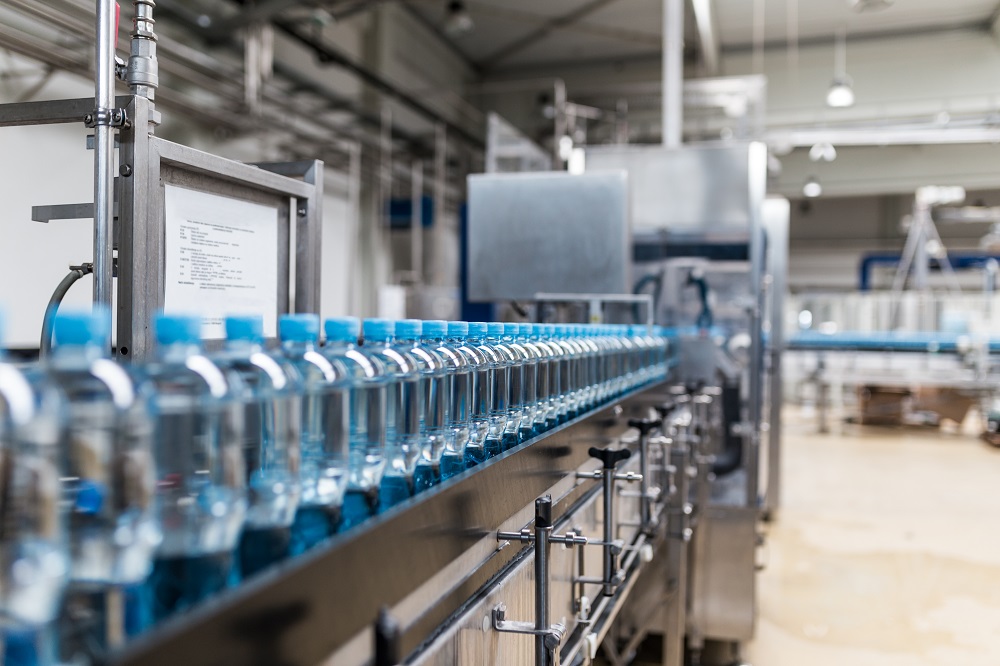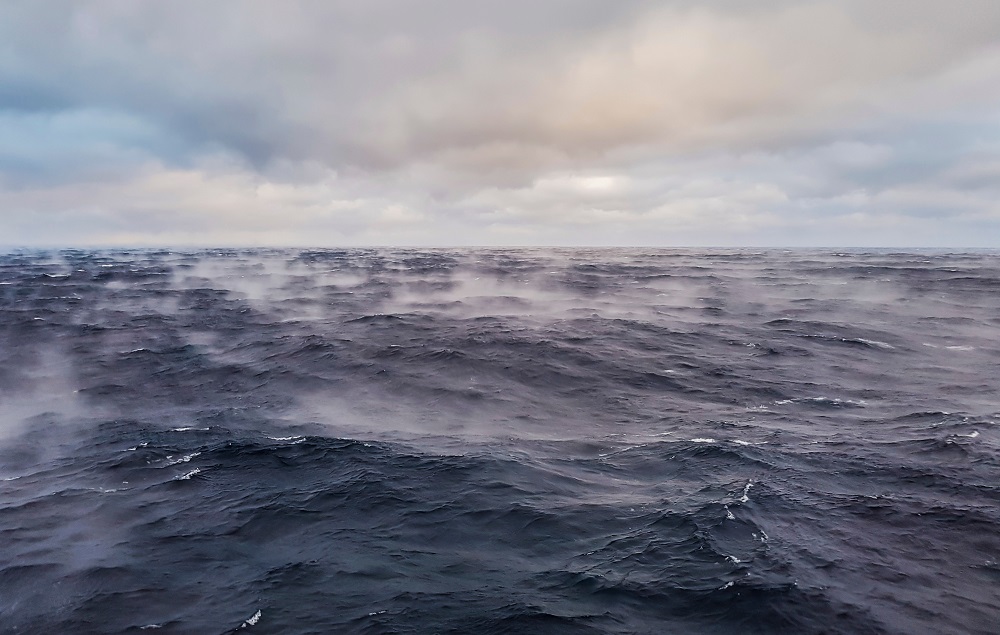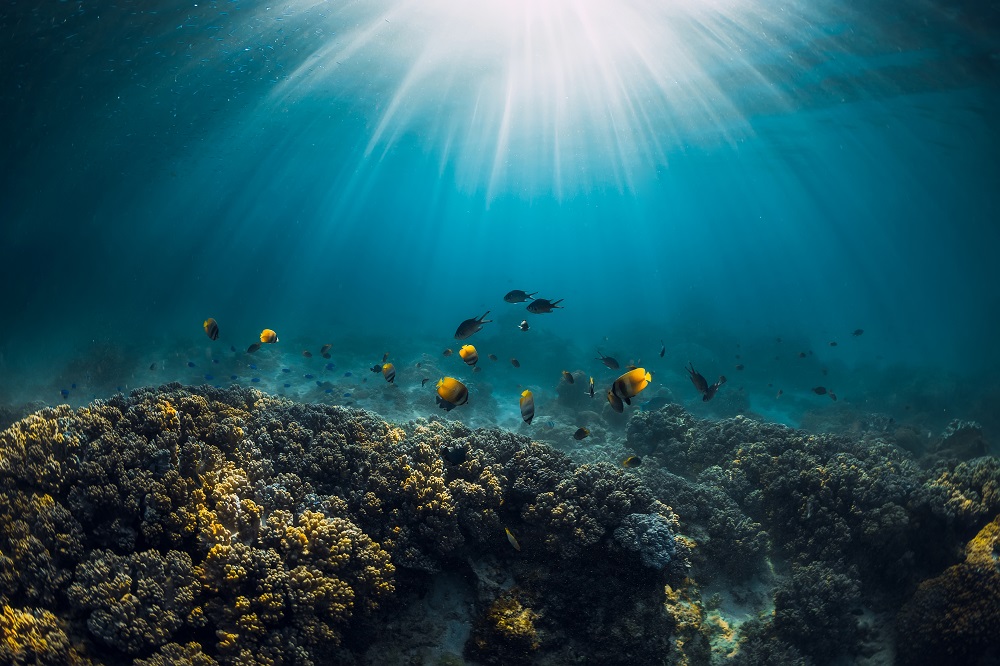Key takeaways
• Back to Blue’s previous reports highlighted the underappreciated problem of marine chemical pollution and the lack of data on this topic. This issues paper identifies the key questions that must be addressed to develop a practical and workable roadmap to close the marine pollution data gap.
• Back to Blue’s purpose in developing such a roadmap is to understand and reduce the impact of pollution on ocean health and provide an evidence base to galvanise action. To be effective, the process must be firmly grounded in science.
• The roadmap must consider how existing data and knowledge about land, air and freshwater pollution can be leveraged to understand marine pollution better. It must also interoperate with, and not duplicate, existing efforts to build a global, federated, digital architecture of ocean data.
• Digital solutions such as artificial intelligence (AI) and physical technologies such as autonomous underwater vehicles will be powerful tools for filling knowledge gaps. A critical question for the roadmap will be how best to ensure that pollution data are integrated into existing ocean databases and that ocean pollution data systems can interface with technology solutions.
• Back to Blue’s Theory of Change is that high-quality, standardised data can provide decision-makers in government, business and civil society with compelling evidence of the need to address marine pollution. This, in turn, should lead to better policymaking and support business transformation.
• Back to Blue is convening a series of stakeholder workshops to explore these questions throughout 2023 and aims to publish a draft roadmap on closing the marine pollution data gap in early 2024. We invite ocean stakeholders to participate in this process.

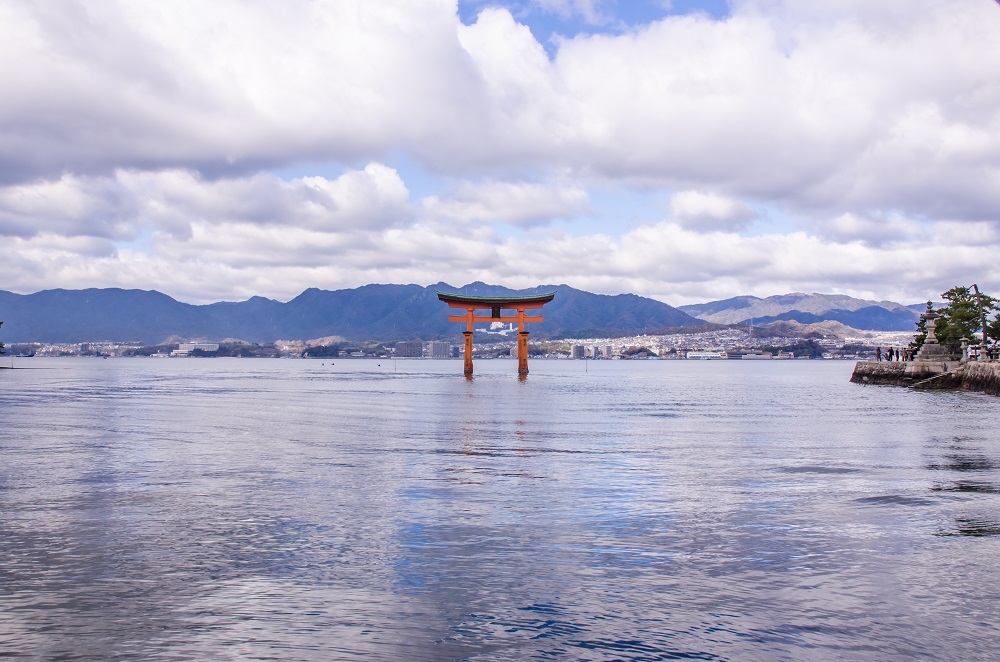

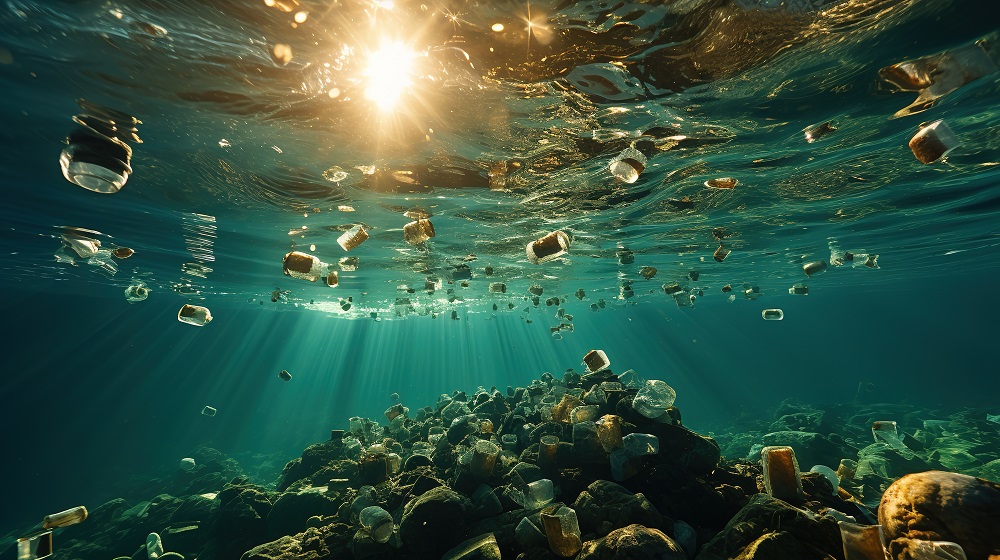

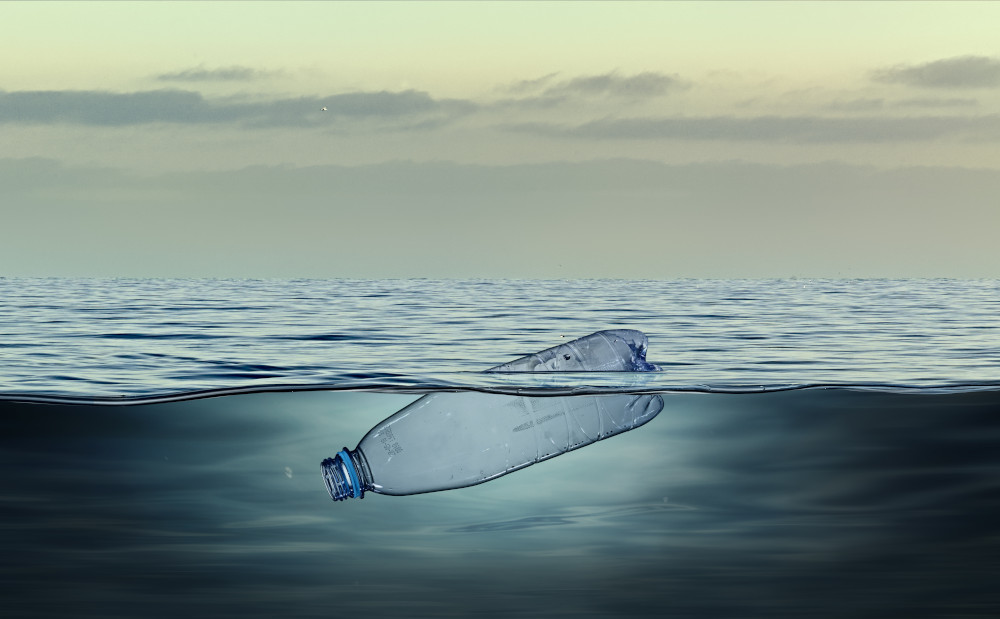




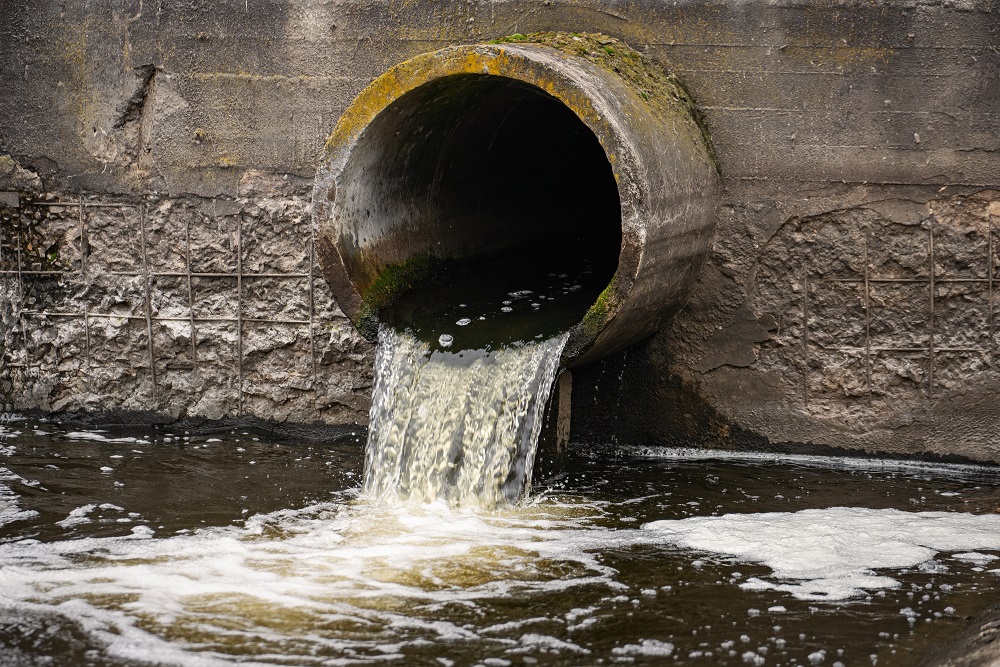 The scourge of untreated wastewater
The scourge of untreated wastewater Slowing
the chemical tide: safeguarding human and ocean health amid
chemical pollution
Slowing
the chemical tide: safeguarding human and ocean health amid
chemical pollution Hazardous chemicals in plastics - the discussions at INC
Hazardous chemicals in plastics - the discussions at INC
